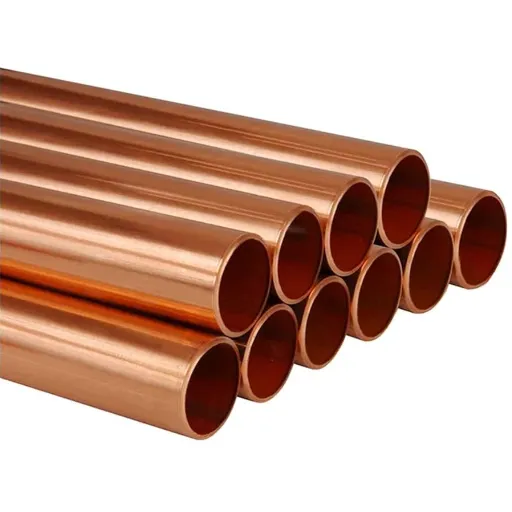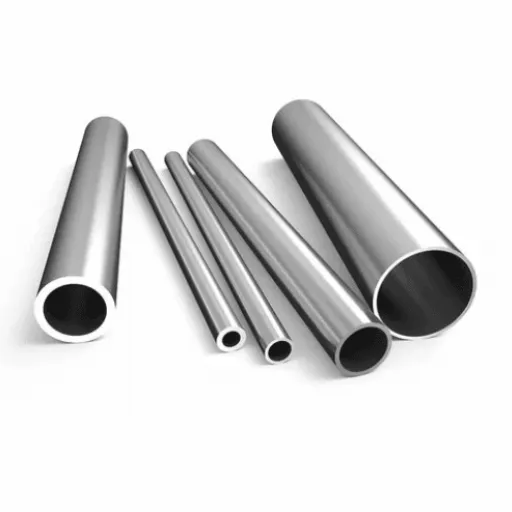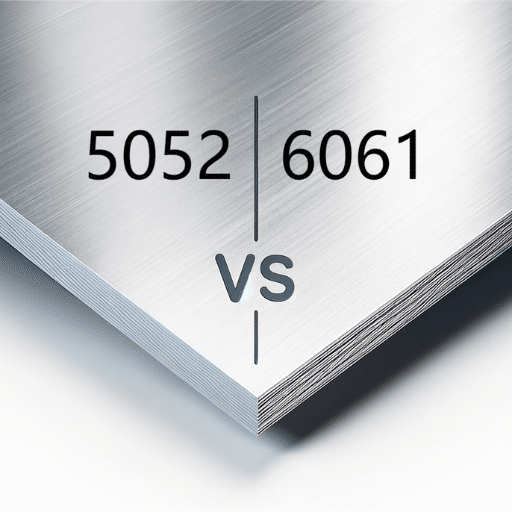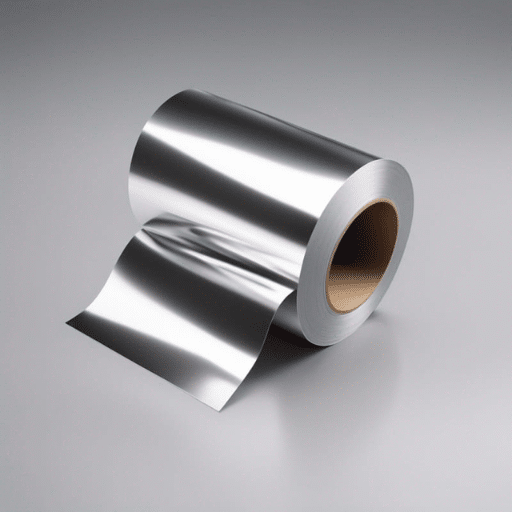Understanding Stainless Steel
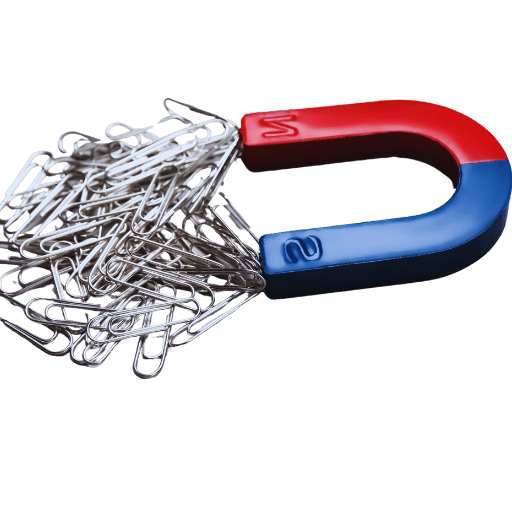
What is Stainless Steel?
Stainless steel is a versatile and durable alloy primarily composed of iron, chromium, and various other elements including nickel, manganese, and carbon. Its defining characteristic is corrosion and rust resistance, achieved through a minimum 10.5% chromium content by weight.
Types of Stainless Steel
NON-MAGNETIC
Represents the largest proportion of stainless steel production. Features high corrosion resistance, non-magnetic properties, and excellent ductility. Common grades include 304 and 316, widely used in food processing, marine, and medical equipment.
- Crystal Structure: FCC (Face-Centered Cubic)
- Key Elements: High nickel and chromium content
- Applications: Medical instruments, food processing, marine environments
MAGNETIC
Contains high chromium levels with low nickel content. Exhibits magnetic properties and good corrosion resistance. Common in automotive parts, industrial machinery, and appliances.
- Crystal Structure: BCC (Body-Centered Cubic)
- Common Grades: 409, 430
- Characteristics: Magnetic, good formability, lower cost
MAGNETIC
The hardest and strongest type, though with lower corrosion resistance. Ideal for applications requiring high strength such as knives, surgical instruments, and turbine blades.
- Crystal Structure: BCC/BCT
- Common Grades: 420, 440C
- Properties: Hardenable, magnetic, high strength
PARTIALLY MAGNETIC
Combines austenitic and ferritic properties, offering superior corrosion resistance and durability, particularly in chloride environments. Used in chemical plants, oil rigs, and seawater systems.
Magnetic Properties of Stainless Steel
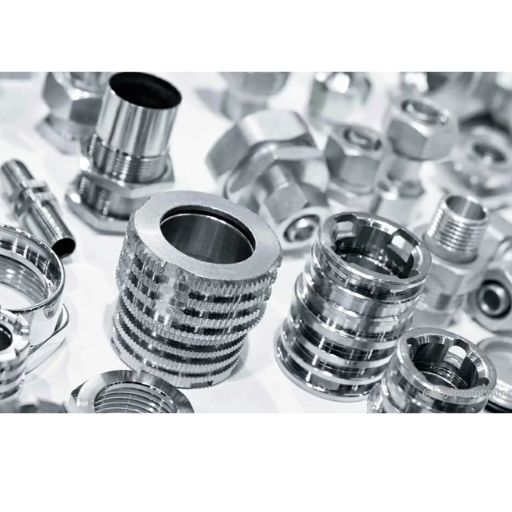
What Makes Stainless Steel Magnetic?
The magnetic behavior of stainless steel is determined by its microstructure and crystal arrangement:
| Crystal Structure | Magnetic Behavior | Electron Configuration | Examples |
|---|---|---|---|
| BCC (Body-Centered Cubic) | Magnetic | Unpaired electrons align in magnetic field | Ferritic, Martensitic steels |
| FCC (Face-Centered Cubic) | Non-Magnetic | Electrons cannot align for magnetization | Austenitic steels (300 series) |
Difference Between Magnetic and Non-Magnetic Stainless Steel
- Types: Ferritic and Martensitic
- Structure: BCC crystal lattice
- Composition: High chromium, low/no nickel
- Applications: Automotive parts, cutlery, industrial machinery
- Magnetic Response: Strong attraction to magnets
- Types: Austenitic
- Structure: FCC crystal lattice
- Composition: High nickel and/or manganese
- Applications: Medical instruments, food equipment, marine applications
- Magnetic Response: No attraction to magnets
Why 316 Stainless Steel is Typically Non-Magnetic
Grade 316 stainless steel maintains its non-magnetic properties due to several key factors:
| Factor | Description | Impact on Magnetism |
|---|---|---|
| Austenitic Structure | FCC crystal lattice stabilized by nickel | Prevents magnetic domain alignment |
| Molybdenum Addition | 2-3% molybdenum content | Enhances corrosion resistance without contributing to magnetism |
| Low Magnetic Permeability | Inherent property of FCC structure | Minimal magnetic field interaction |
Can Stainless Steel Become Magnetic?
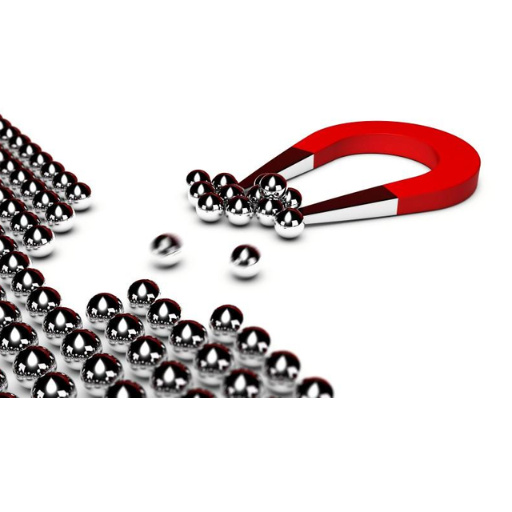
Under specific conditions, typically non-magnetic stainless steel can exhibit magnetic properties:
Factors That Influence Magnetic Behavior
- Cold Working and Machining: Mechanical deformation can transform FCC austenite to magnetic martensite in localized regions
- Heat Treatment: Specific thermal treatments can alter microstructure and magnetic response
- Alloy Composition: Chromium, nickel, and other elements affect crystal lattice stability
- Environmental Exposure: Prolonged exposure to magnetic fields or temperature extremes
Heat Treatment Effects
| Treatment Type | Effect on Structure | Magnetic Impact |
|---|---|---|
| Solution Annealing | Restores austenitic structure | Eliminates work-induced magnetism |
| Cold Working | Induces martensitic transformation | Creates localized magnetic regions |
| Quenching & Tempering | Forms martensitic structure | Increases magnetic response significantly |
Applications and Implications of Magnetic Stainless Steel
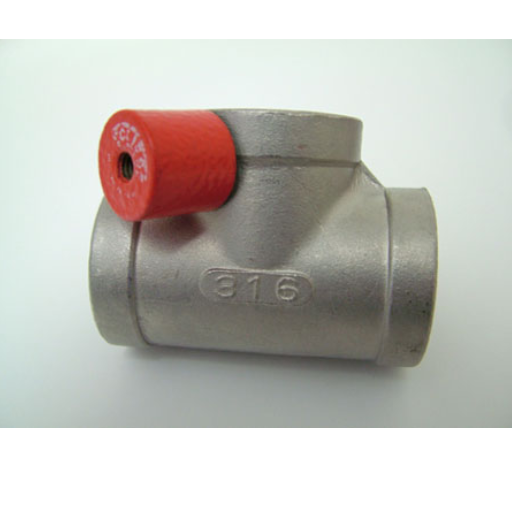
Magnetic permeability optimizes energy efficiency in rotating machinery through improved field conduction mechanisms.
Protects sensitive electronic instruments from EMI in telecommunications and aerospace industries.
Used in food processing, mining, and recycling to remove metallic contaminants and recover ferrous materials.
Essential for electrical control systems requiring predictable electromagnetic field response.
Structural cladding with magnetic mounting capabilities, combining durability with functional design.
Exhaust systems and structural components utilizing magnetic properties for enhanced performance.
Magnet Test: What It Means
| Magnet Response | Likely Steel Type | Typical Grades | Applications |
|---|---|---|---|
| Strong Attraction | Ferritic or Martensitic | 430, 420, 440 | Automotive, cutlery, appliances |
| No Attraction | Austenitic | 304, 316, 316L | Food processing, medical, marine |
| Weak Attraction | Cold-worked Austenitic or Duplex | Work-hardened 304/316 | Formed components, structural parts |
Choosing the Right Stainless Steel Type
Selection Criteria
| Application Requirements | Recommended Type | Key Properties | Typical Grades |
|---|---|---|---|
| Marine/Chemical Environments | Austenitic with Molybdenum | Superior corrosion resistance, non-magnetic | 316, 317 |
| Structural/Manufacturing | Ferritic | Magnetic, cost-effective, good strength | 430, 409 |
| High-Strength Applications | Martensitic | Hardenable, magnetic, high strength | 420, 440C |
| Extreme Environments | Duplex | High strength and corrosion resistance | 2205, 2507 |
Future Trends in Stainless Steel Applications
- Renewable Energy: Wind and solar installations utilizing structural stainless steel components
- Electric Vehicles: Battery casings and lightweight structural parts for emission reduction
- 3D Printing: Additive manufacturing of complex stainless steel components with precision
- Green Infrastructure: Water treatment systems leveraging recyclability and sustainability
- Advanced Alloys: Development of new grades with tailored magnetic properties
References
-
Stainless Steel Becoming Magnetic – Physics Van, University of Illinois – Explains how treatments can make non-magnetic stainless steel magnetic and the underlying reasons.
-
Magnetic Stainless Steel – Physics Van, University of Illinois – Discusses the magnetic properties of different stainless steel grades, such as the 400 series.
Frequently Asked Questions (FAQ)
Is Stainless Steel Magnetic?
Depending on its composition and structure, stainless steel can display magnetic properties. Although most stainless steel types are non-magnetic, some grades that contain a greater amount of ferrite and have undergone heat treatment can display magnetic properties.
What Are the Magnetic Stainless Steels?
The common stainless steels include the 300 series, which is nonmagnetic while annealed. In contrast, the 400 series stainless steels, which contain higher ferrite, are strongly magnetic. The 300 series is also known to develop weak magnetism when put under work hardening or cold rolling.
Are 300 Series Stainless Steels Magnetic?
Stainless steels of the 300 series, such as 304 and 316, are usually non-magnetic. However, they can show weak magnetic moments upon cold work or heat treatment. Thus, they can be described as mostly non-magnetic with a slight chance of turning magnetic.
What Is the Impact of Heat Treatment on Stainless Steel Magnetism?
The heat treatment of stainless steels can affect their magnetic properties. For example, austenitic stainless steels are non-magnetic when annealed, but they may lose this property and become weakly or even fully magnetic if heat treated to form martensite.
Can Stainless Steels No Longer Be Non-Magnetic?
Yes, certain stainless steel grades can lose their non-magnetic properties due to cold working, heat treatment, or martensitic transformation. These techniques can alter the microstructure of the alloy and create magnetic moments.
Is Carbon Steel More Magnetic Than Stainless Steel?
Compared to stainless steel, carbon steel tends to be more magnetic. Compared to stainless steel, carbon steels have much stronger ferromagnetic properties. In contrast, many stainless steels, particularly those in the 300 series, are non-magnetic and corrosion resistant.
What is the Difference Between Fully Magnetic, and Non-Magnetic Stainless Steel?
The fully magnetic stainless steels generally refer to the grades with a predominant ferritic structure, while the non-magnetic stainless steel, such as the austenitic grades, is known to be non-magnetic under normal conditions. These properties are generally dictated by the alloy composition.
Can a Refrigerator Magnet Stick to Stainless Steel?
Refrigerator magnets will not stick to all stainless steels as their adherence depends on the type of the stainless steel. While the non-magnetic stainless steels of the 300 series are not attractive to magnets, some stainless steels of the 400 series, which are more ferritic, are magnetic and attract magnets.

